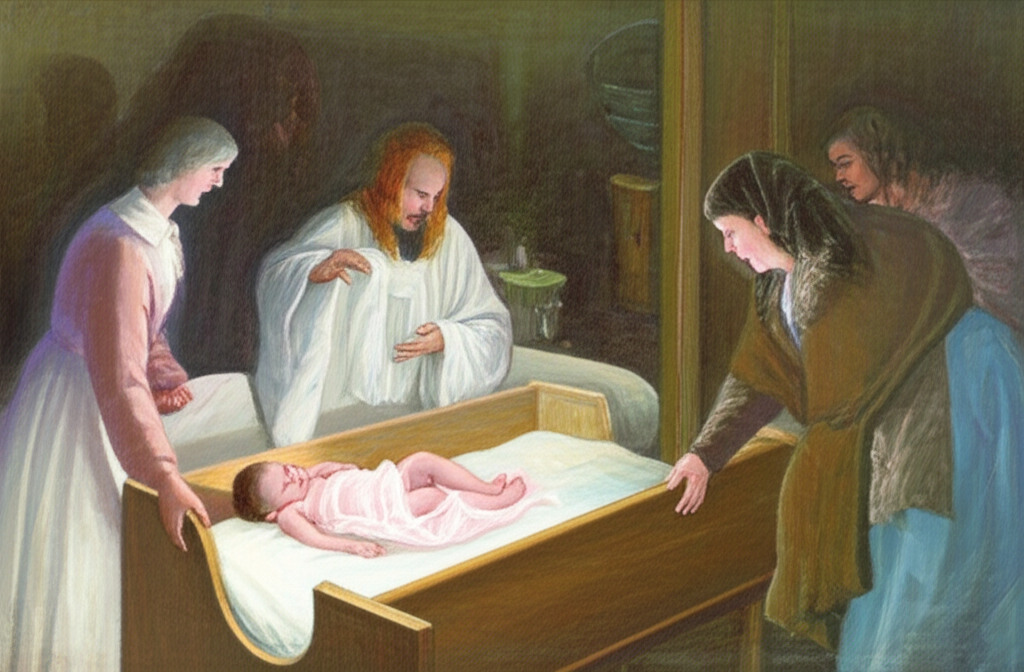
The belief that a baby’s cries during its christening signify good fortune is a long-held superstition with roots stretching back several centuries. This seemingly counterintuitive notion has its origins in a time when infant mortality was high and religious beliefs strongly influenced interpretations of life events. This post will explore the historical background, cultural context, and evolution of this intriguing superstition.
Historical Background
The earliest recorded instances of this superstition appear in print during the late 1700s. At this time, crying during a christening was not just considered good luck; it was deemed absolutely essential. The rationale stemmed from the grim reality of high infant mortality rates. In the early eighteenth century, approximately four hundred out of every thousand newborns died. Consequently, any sign indicating a child’s potential demise was taken with utmost seriousness. A silent baby during its christening was regarded as an ill omen, suggesting a short life ahead. This fear was so profound that nurses or mothers would often resort to pinching or startling the baby to elicit cries during the sprinkling of holy water.
Cultural Beliefs
By the mid-nineteenth century, two contradictory explanations emerged regarding this superstition. One perspective posited that a crying baby was deemed too pure for earthly existence, suggesting that it belonged instead in heaven with God. This explanation implied that the baby’s innocence and goodness made it more suited for the divine realm, where suffering, symbolized by crying, was absent. The other, more prevalent and arguably more sinister, interpretation associated crying with the expulsion of the Devil from the child.
Evolution of the Superstition
The association of crying with the Devil’s departure gained traction through religious interpretations of exorcism. An 1853 edition of Notes and Queries elucidates this theory by drawing parallels to the practice of exorcism, which was retained in the Anglican Church in the First Prayer Book of King Edward VI and remains a core element in the baptismal services of the Roman Catholic Church. According to this perspective, the Devil, when forced out of a possessed individual, would resist and express its anguish, a process mirrored by the struggles and tears of the infant during baptism. The biblical passage from St. Mark (ix 26) supports this view, stating, ‘The spirit cried, and rent him sore, and came out of him: and he was as one dead’. Therefore, the infant’s crying became seen as a ‘convincing proof’ that the evil one had been banished, thus ensuring the child’s spiritual purity and well-being.
Modern Interpretations
While the literal interpretations of demonic expulsion may have waned in modern times, the superstition of a crying baby bringing good luck to its christening persists in certain communities. Today, the superstition is often approached with a more lighthearted view. A baby’s tears are sometimes seen as a sign that the child is acknowledging the significance of the sacrament, or simply as an indication of a healthy, vocal infant. Although the original, more serious interpretations may no longer hold sway, the enduring nature of this belief illustrates the lasting impact of cultural traditions and folklore on how we interpret significant life events.